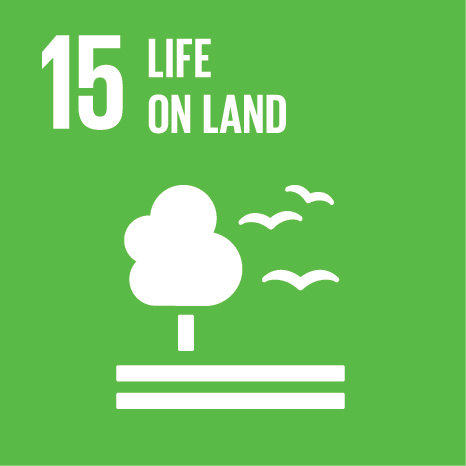Ciência_Iscte
Publications
Publication Detailed Description
Annual Conference Proceedings of the XXVIII International Seminar on Urban Form “Urban Form and the Sustainable and Prosperous City”
Year (definitive publication)
2022
Language
English
Country
United Kingdom
More Information
Web of Science®
This publication is not indexed in Web of Science®
Scopus
This publication is not indexed in Scopus
Google Scholar
This publication is not indexed in Google Scholar
This publication is not indexed in Overton
Abstract
During the 20th century and in particular, throughout the post-second world war, Lisbon’s public square’s design and function have changed as a consequence of the urban expansion and the cars’ massification. After the Lisbon Strategic Charter 2010-2024 development, in 2014 the City Council of Lisbon presented the program of interventions in the public space “Uma praça em cada bairro” [A square in each neighborhood]. In this context, it has been proposed the qualification of more than one hundred and fifty public spaces in Lisbon. Through this paper, we aim to understand how this program contributed to rediscover the public square as an urban form and its traditional socioeconomic functions.
The impact of the program and its concluded interventions were analyzed through a visual qualitative methodology. The qualitative evaluation of the previous and post-intervention spaces was enabled through the comparison of the Google Street View archives from 2009-2016 and the pictures taken during this research in 2020. By using this methodology this paper assesses the introduction of new urban elements, such as pavements, vegetation, urban furniture, lighting, and signs. This analysis shows the qualitative impact of the program “Uma praça em cada bairro” [A square in every neighborhood] on the qualification and revaluation of the public square as an urban forum in Lisbon. After the interventions the car traffic and parking was reduced about 21% of the total case studies area. Green spaces also increased, as did the areas dedicated to people.
Acknowledgements
--
Keywords
Public,Space,Square,Lisbon
Contributions to the Sustainable Development Goals of the United Nations
With the objective to increase the research activity directed towards the achievement of the United Nations 2030 Sustainable Development Goals, the possibility of associating scientific publications with the Sustainable Development Goals is now available in Ciência_Iscte. These are the Sustainable Development Goals identified by the author(s) for this publication. For more detailed information on the Sustainable Development Goals, click here.

 Português
Português




